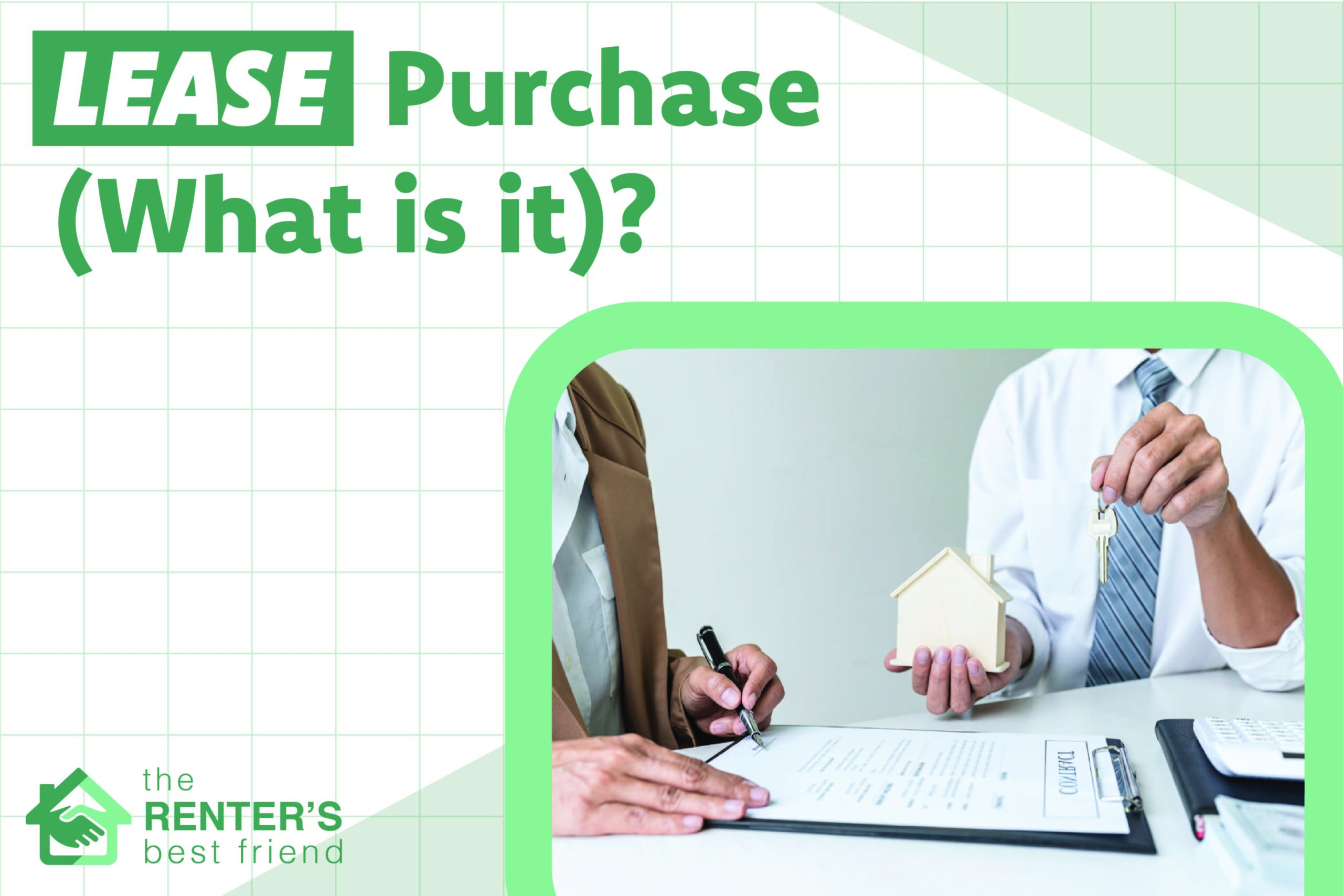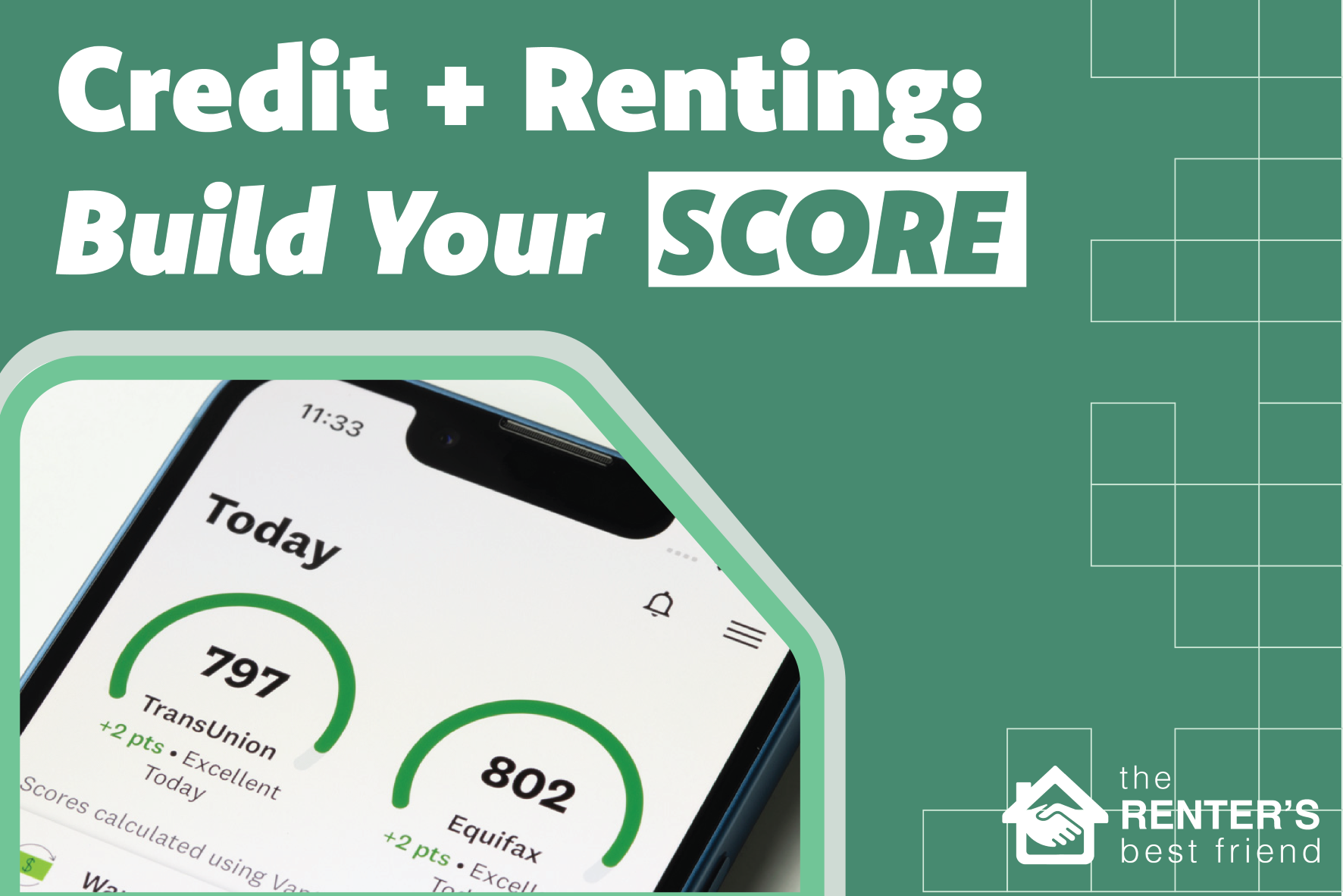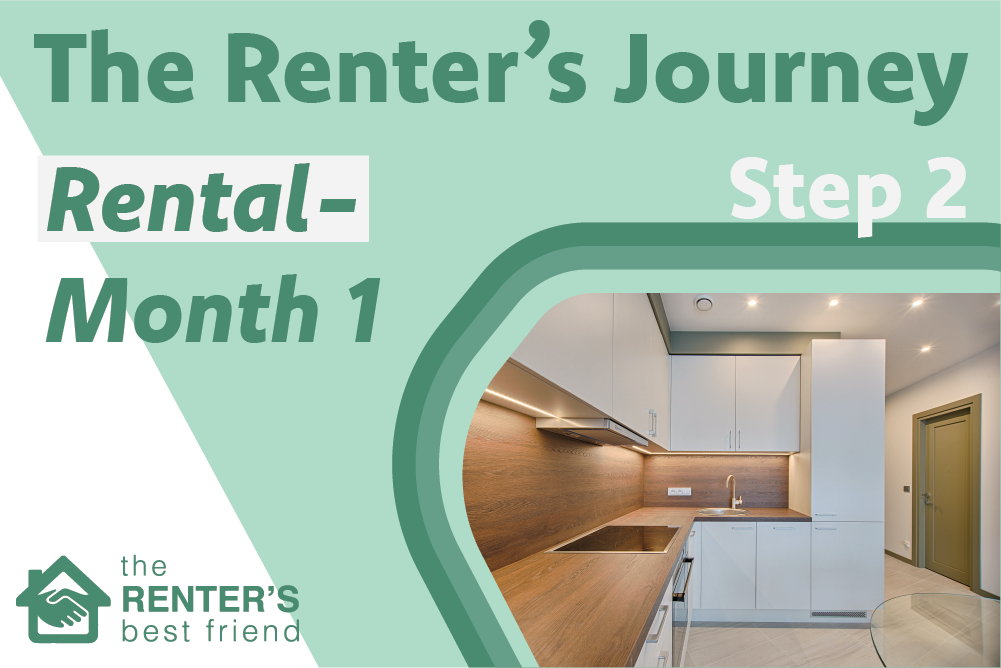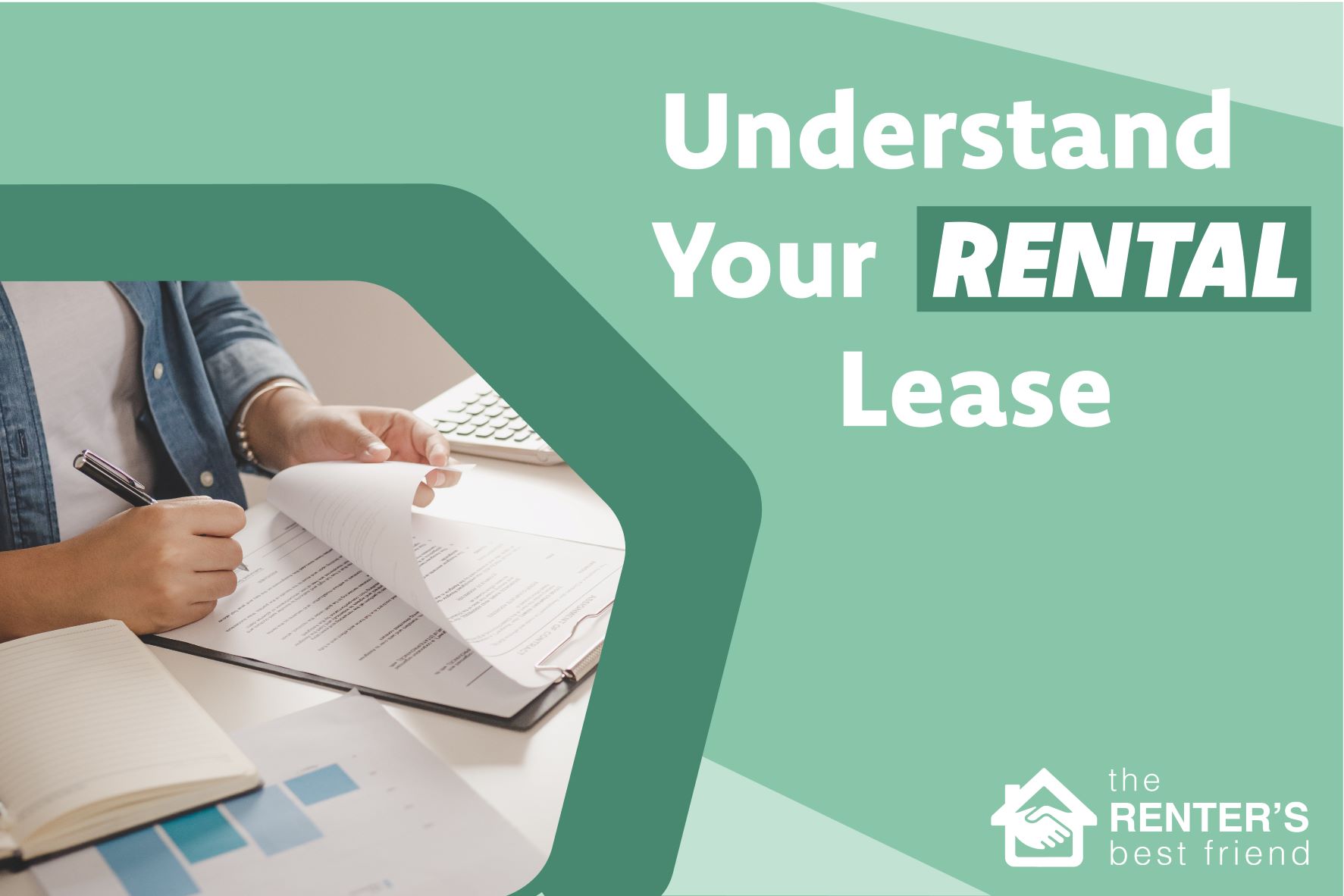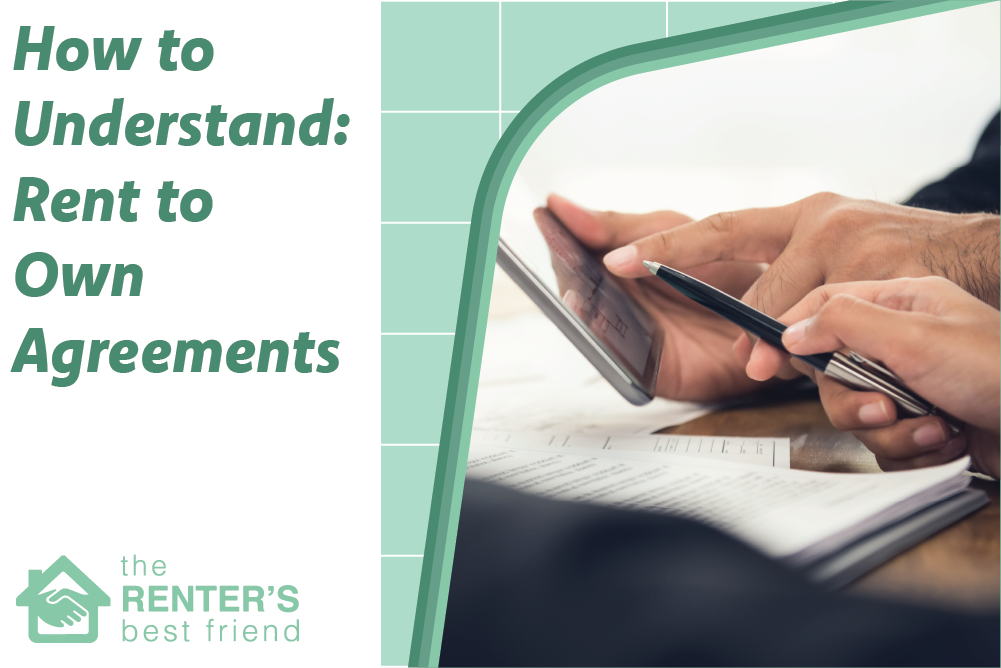Like with other legal contracts, signing a lease agreement can be a bit overwhelming. The language they are written in is usually stilted and filled with terminology usually reserved for those studying law. However, with a little bit of guidance, you can understand the terms of your rental agreement and be certain of the responsibilities and protections that you are signing up for.
A lease is a contract between the person who owns a piece of real estate, the landlord or lessor, and another person who will occupy that home for a predetermined period of time, the tenant or lessee. This document will cover the conditions and obligations under which that tenant is allowed to possess, occupy, and use that piece of property. It will also detail the obligations to be upheld by the landlord.
Something that we wanted to share: we’re in your corner, and we’re here to help. If you’re feeling overwhelmed and need someone you can trust, try The Renters Best Friend Renters Assistance program. We’d love to help you today.
Truly Understanding Your Rental Lease
Your first impulse when you get to this stage might be to simply sign and be done with it – trusting that the landlord has covered all of the bases and has your best interest at heart. The truth of the matter is that these documents are drawn up with their best interests in mind and you have to take your protection into your own hands. A lease is a legally binding contract and you could find yourself in legal and financial trouble if you fail to live up to the obligations you agree to by signing that dotted line.
Before you put pen to paper, you need to read this document carefully. Take your time and get the answer to any clarifications or questions that you have. If there are any riders present along with the lease, you should read and understand those as well.
Sidenote: Property Details Should be Included
Some of this information may seem basic and obvious, but it is important to make sure that it is all included in the lease. Things like the physical address of the property, the landlord’s name, and their contact information should be included. Additionally, the contract should also include the date the lease was signed, the beginning and end dates of the term of rent, and the options for renewing the lease (including any policies for increases in rent price). If there are any appliances or furnishings included with the rental property, such as a refrigerator, stove/oven, washing machine, etc., then those need to be documented as well.
Reading Your Lease
Let’s go over some of the common terms you will likely see in your rental lease agreement and what they mean.
Monthly Rent Amount and Rent Term
Most leases are set for either six months or one year, but some are set on a month-to-month basis. The amount due for the payment of rent, and when it is due each month, should also be clearly defined. It should also detail any late charges that may be applied if you fail to pay your rent on time. If any of this information is missing or if there is any ambiguity, you should ask for it to be more clearly defined. If there were verbal agreements regarding rental payments, the term of rent, or late payment fees, get them in writing as a part of the lease. And, if you are planning on staying longer, ask your landlord if you can extend the term over a longer time period for cheaper monthly rent payments.
Security Deposit
Most leases also require the upfront payment of a security deposit. This payment protects the landlord from damages to a rental property that could be caused by a tenant and would be spent on making repairs or cleaning if the place is left in poor condition. Once your lease has expired and you move out, as long as you leave the property in good condition, you should have this security deposit paid back to you.
Typically, this deposit is equal to the first and last month’s amount of rent. Your lease should also specify the conditions that would allow the landlord to withhold a security deposit. If there isn’t a specified deadline listed for when the landlord must return this deposit once the lease has expired, you should insist on one being included before you agree to sign.
You should also be aware that this is an area where many devious landlords will try to make extra money off of their tenants. They may claim that certain repairs are needed because of a tenant damaging property, even if the damages existed prior to that tenant moving in, or… sometimes… even if the damages do not even exist at all. Document the condition of everything, with pictures, when you move in and when you move out in order to protect yourself from bogus claims.
Pet Policy
Some landlords do not permit pets to live on their properties. And those that do allow them usually charge additional fees. Even then, most lease agreements also have limitations on the size, weight, or breeds that are allowed. Make certain that you understand what kind of pets are allowed, how many, and all of the fees you will be charged for each one of your pets.
You will likely be charged a flat, nonrefundable pet deposit or fee that will be used to treat or repair the wear and tear of the animal living in the home – treating for fleas, deodorizing, and shampooing the floors after you move out. Some landlords may also charge an additional “pet rent” on a monthly or yearly basis.
As unfair as this may seem, you should understand that you are agreeing to whatever is included in the lease. If you bring home a pet when they are not allowed, or you add another one later that goes beyond the allowable limit, you are violating the terms of your lease. This could lead to an eviction.
Additional Fees
There are often a lot of charges and fees associated with signing a rental lease agreement, even beyond the security deposit, the application fee, the pet fees, and the monthly rent. Some of these could include things such as administrative fees for third-party billing services, notice fees, parking fees, rental tax fees, trash service fees, or utilities.
Make certain that all additional fees are defined with specific dollar amounts and the frequency with which they must be paid, such as a one-time flat rate or a recurring monthly payment. And it is also within your rights to negotiate these terms and, if you are uncomfortable paying any of them, you can walk away before you have signed the lease.
Utility Inclusion
Some landlords pay for certain utilities, such as electricity, water, and sewer services. Many other leases require the tenant to pay for all of their own utilities. It is worthwhile to read and understand which, if any, utilities are to be included as a portion of your monthly rent payments. Know and understand which costs you will need to cover.
Deadline for Lease Termination
Another thing to make sure that you understand is the time period you are given to notify the landlord of you intent to move out or renew the lease at the end of the rental period. If you miss the deadline to give proper notice, you may have to pay for another full month’s rent after you move out. Some landlords may allow you to enter into a month-to-month agreement once your current lease expires.
Even with this transition, however, you should get it in writing. Have a new lease drawn up that reflects all of the changes in the agreement, including new termination deadlines and changes in the cost of rent.
Repair and Maintenance Costs
Another portion of your lease agreement that you should make certain to understand is who will pay for major repairs or maintenance on the property you are renting. Whether it is a leaky faucet or your air conditioner, replacing and fixing major appliances or systems that have broken down can cost a lot of time and money.
In many lease agreements, these kinds of repairs and maintenance are covered by the landlord. In other contracts, it may be specified that the landlord will repair or fix only major appliances but the tenant is responsible for everything else. In some leases, the onus of repairs is placed entirely on the tenant. Understand the part of your rental lease that details exactly who is responsible for what, who arranges the service calls, and that there are clear timelines detailing when repairs must be completed by.
Many states have laws that require landlords to keep their properties in good operating condition. If your landlord tries to put off their responsibilities outlined within the lease, they could be violating state law in addition to your signed agreement.
Subletting
If you find that you have to move out before your lease has expired, some landlords will allow you to sublet the property. In this situation, you would be renting it to another tenant for the remainder of your lease. Some leases specifically prohibit subletting, so make sure to review the agreement carefully before taking this course.
Additionally, be careful when subletting as the rules for that tenant are typically different than they are for the initial signer of the lease. If the subletting tenant damages the property or fails to pay their rent, you are usually the liable party.
Acceptable Property Usage
These can be thought of as general “house rules” that must be observed. It could be as straightforward as stating that the premises can only be used as a private residence for the tenant and their immediate family. Or it could contain policies regarding things such as eviction, insurance requirements, long tenant absences, maximum occupancy, overnight guests, parking and storage, property alterations, quiet hours, right of entry (by the landlord), and smoking.
Early Termination
It should be noted clearly within the lease what the early termination clause entails. If you have to move out before your lease expires, there is typically a series of procedures that must be followed. This may require advanced notice of the intent to break the lease, and will likely come with a nonrefundable fee.
If your landlord is very understanding, or if the rental market is hot enough, they may be more lenient on an early termination of the lease. However, do not rely on this and do what you can to stay within the terms of your agreement.
Roommates
Typically, if you decide to split a rental with a roommate, your landlord will draw up a single lease with both of your names listed on it. This means that you are jointly responsible for meeting all of the terms outlined within the lease. This also means that if one of you doesn’t meet their shared responsibilities, it will fall to the other tenant on the lease to make up the difference.
Eviction
If a tenant breaches their end of a lease agreement, a landlord can resort to issuing an eviction. Regardless of the reason, even if it was a failure to pay rent, a landlord must follow a detailed legal process laid out by state law. The landlord must issue you a notice giving you time to address the issue – typically 3 to 5 days. In some cases, you may not be given the chance to fix the problem depending on the severity of the breach or if it is a repeated violation.
If you do not respond to the notice, the landlord can take the matter to civil court in order to forcibly terminate your tenancy. Sometimes the implementation of this termination can involve law enforcement to ensure a peaceful removal from the premises.
Bottom Line: Read the Whole Thing Before You Sign Anything
Making sure that you understand exactly what you are agreeing to is vitally important. Again, a rental lease agreement is a legally binding contract, so you need to fully comprehend what you are committing to. While we have included many of the common terms found in rental leases, there could be additional terms depending on what state you live in or your specific landlord.
Ask for clarifications on everything that you do not understand. If you feel more comfortable doing so, consider hiring a real estate lawyer to go over the terms of your lease with you. Once you and the landlord have both signed this contract, keep a copy of it for your own records.
Signing legal documents always feels intimidating. Life has a way of changing when we least expect it and making commitments for the future can feel a bit like stepping out onto a ledge. But if you take the time to educate yourself on what these terms mean and how to uphold your end of the agreement, you will be standing on firm ground.





